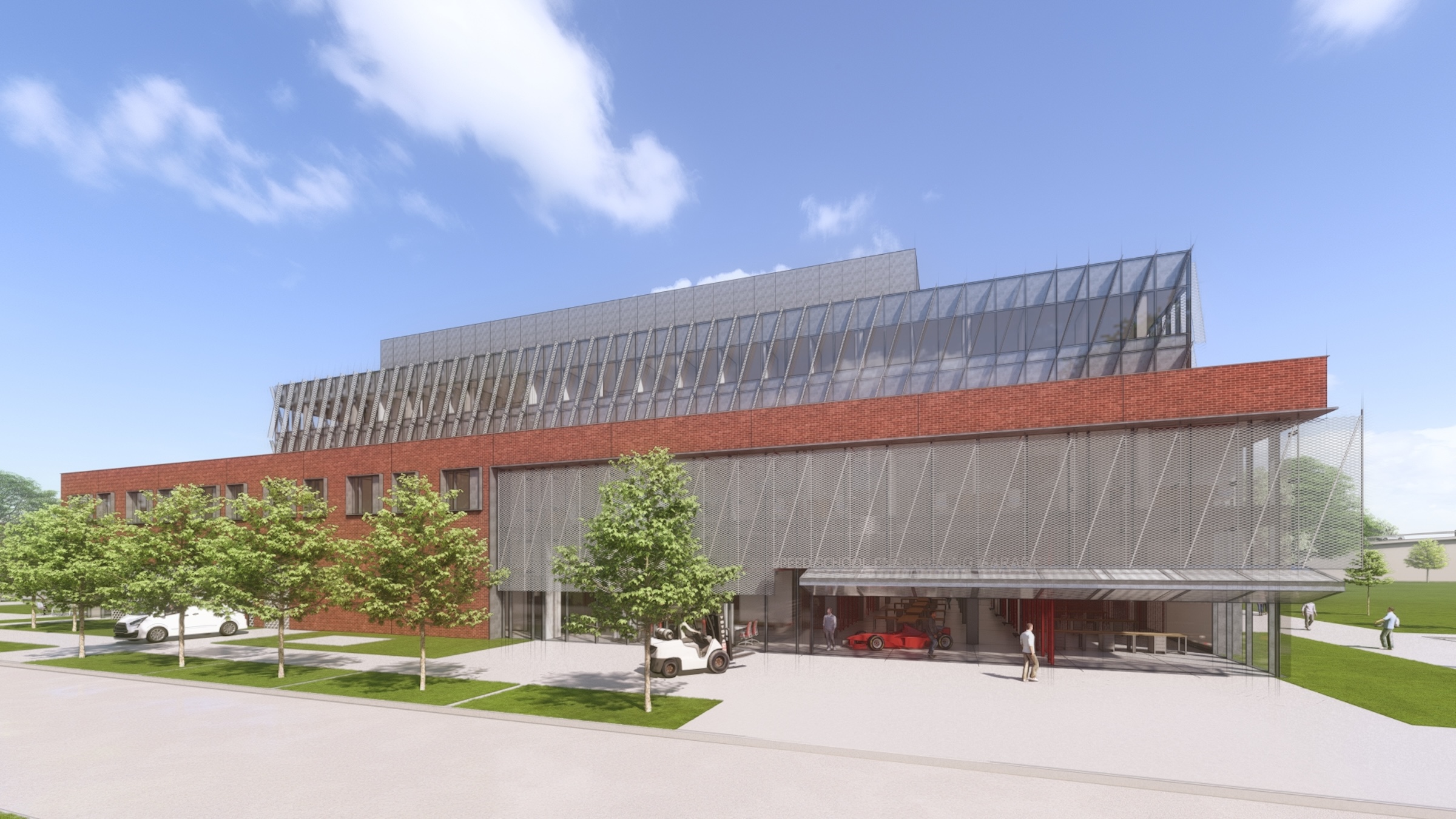A new Student Success Building will serve as the heart of the newly designed University of Louisville’s J.B. Speed School of Engineering. The 115,000-sf structure will greatly increase lab space and consolidate student services to one location.
Currently admissions counselors, academic counselors, tutors, student success coordinators, co-op counselors, and other support teams are located on different floors and in multiple buildings. The plan groups all the support teams into a single connected office suite. A central help desk at the main entrance will assist students to receive the most appropriate support services. Shared collaborative spaces will facilitate regular meetings among the different teams, and shared office support will streamline internal operations.
The new university building will serve as a valuable “home base” for students, especially during their first year. It will house classes, provide access to tutoring, enable meetings with academic and co-op counselors, host student success seminars, offer study spaces and meeting rooms for student groups, and feature an informal recreational area.
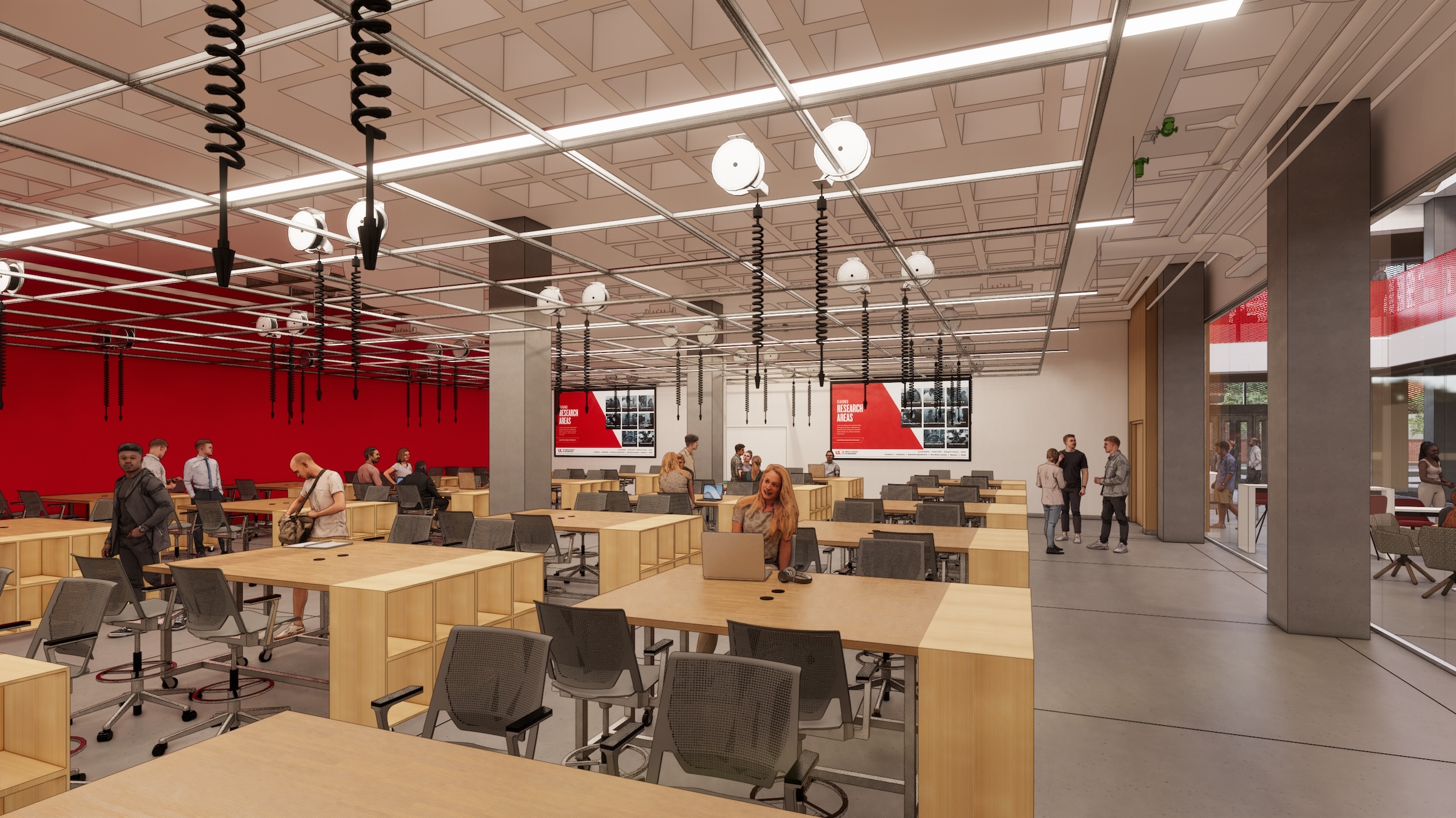
An engineering garage space will serve as a hub for hands-on learning and competition team activities. This area will provide ample room for students to work on projects, build prototypes, and conduct experiments. It will be equipped with specialized tools, machinery, and materials to support various engineering disciplines. The garage space will not only enhance students’ technical skills but also promote teamwork, collaboration, and problem-solving abilities. Engineering students will have the opportunity to participate in competitions, where they can apply their knowledge, learn from their peers, and showcase their innovations.
The second and third floors will house lab space for the university’s Conn Center for Renewable Energy Research, where researchers will study solar power, green fuels, and materials. Construction is underway, with an expected completion date of summer 2025.
Owner and/or developer: University of Louisville
Design architect: SmithGroup
Architect of record: Luckett & Farley
MEP engineer: Luckett & Farley
Structural engineer: SmithGroup
General contractor/construction manager: Whittenberg Construction
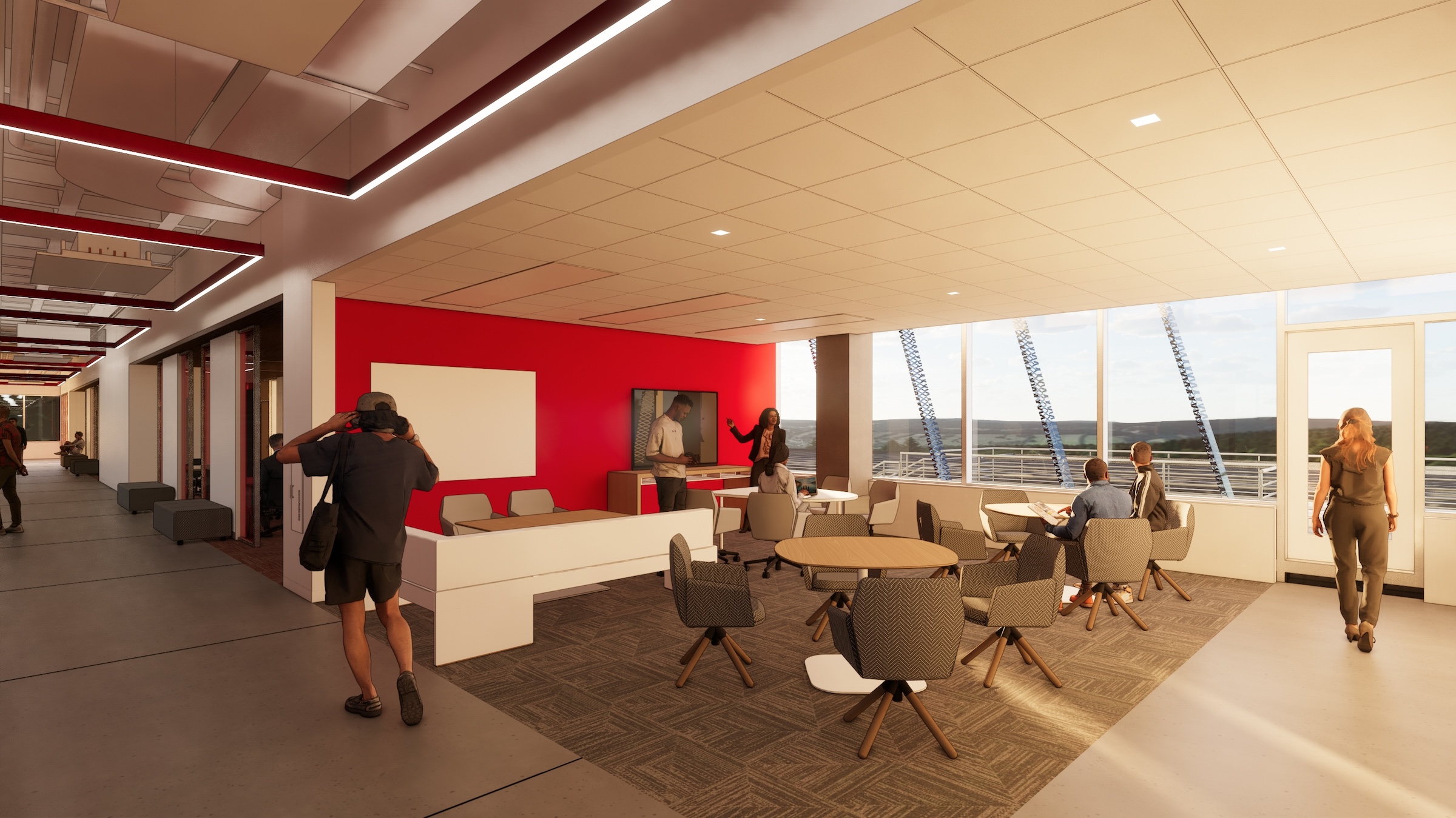

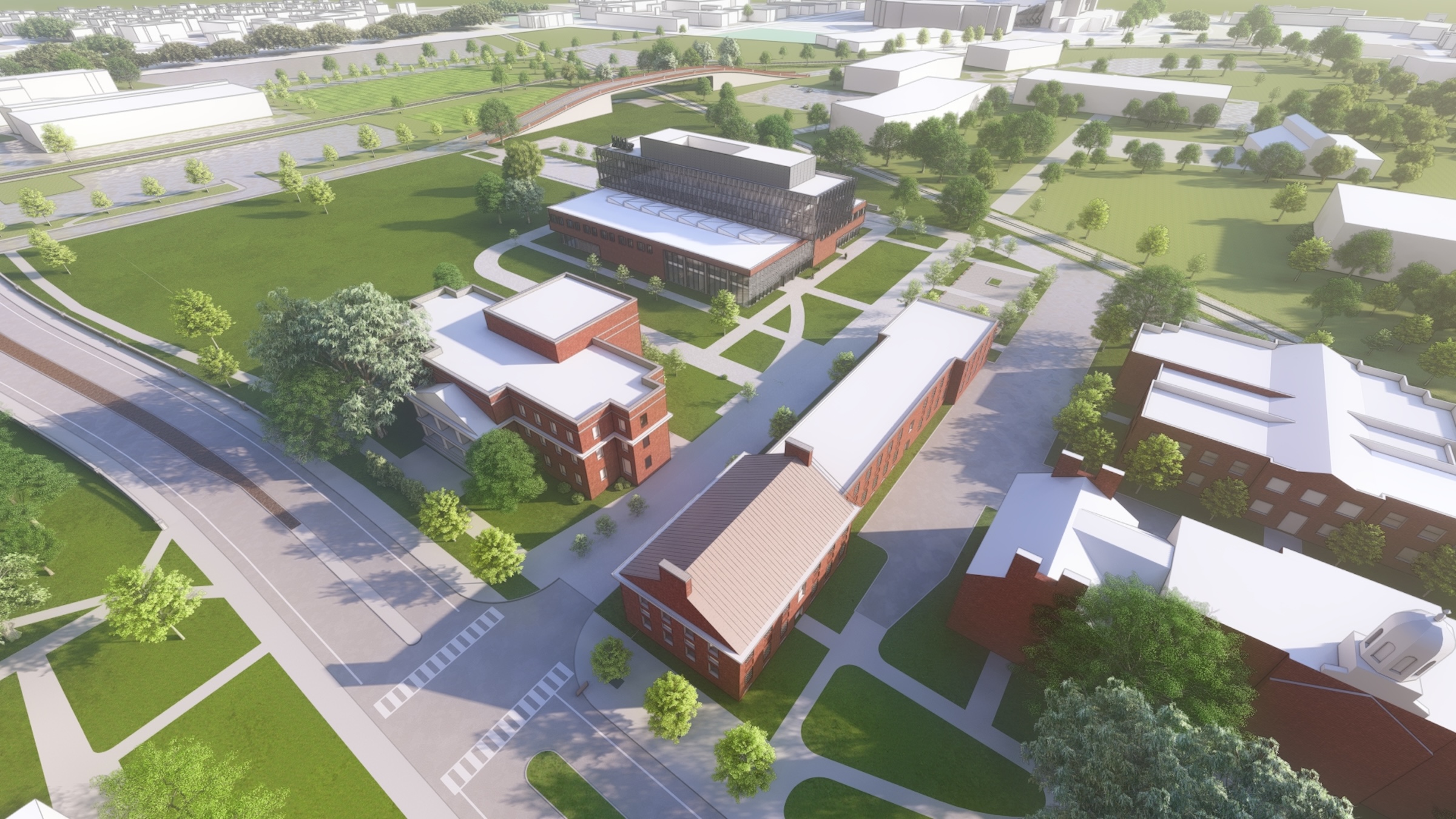
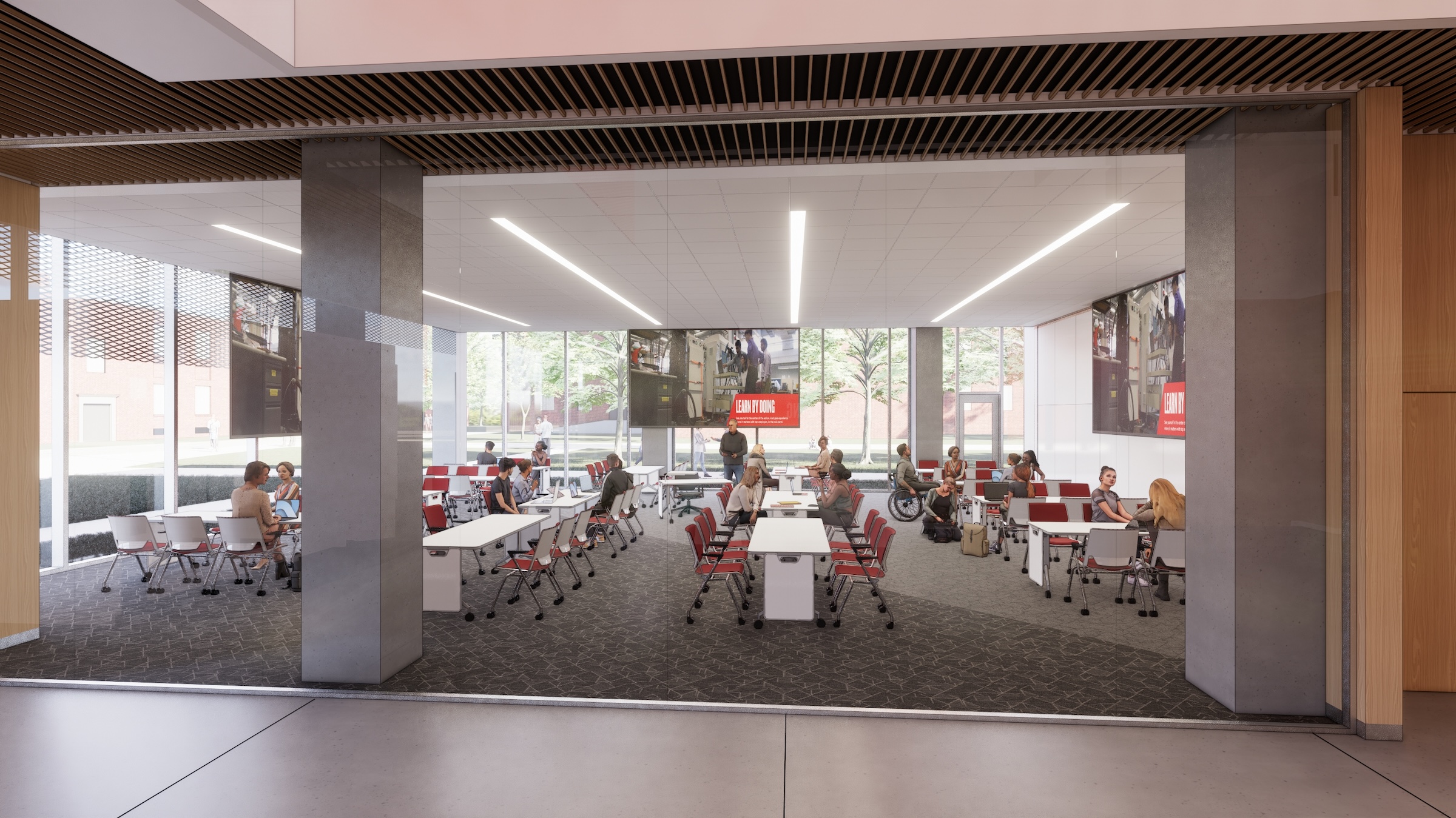
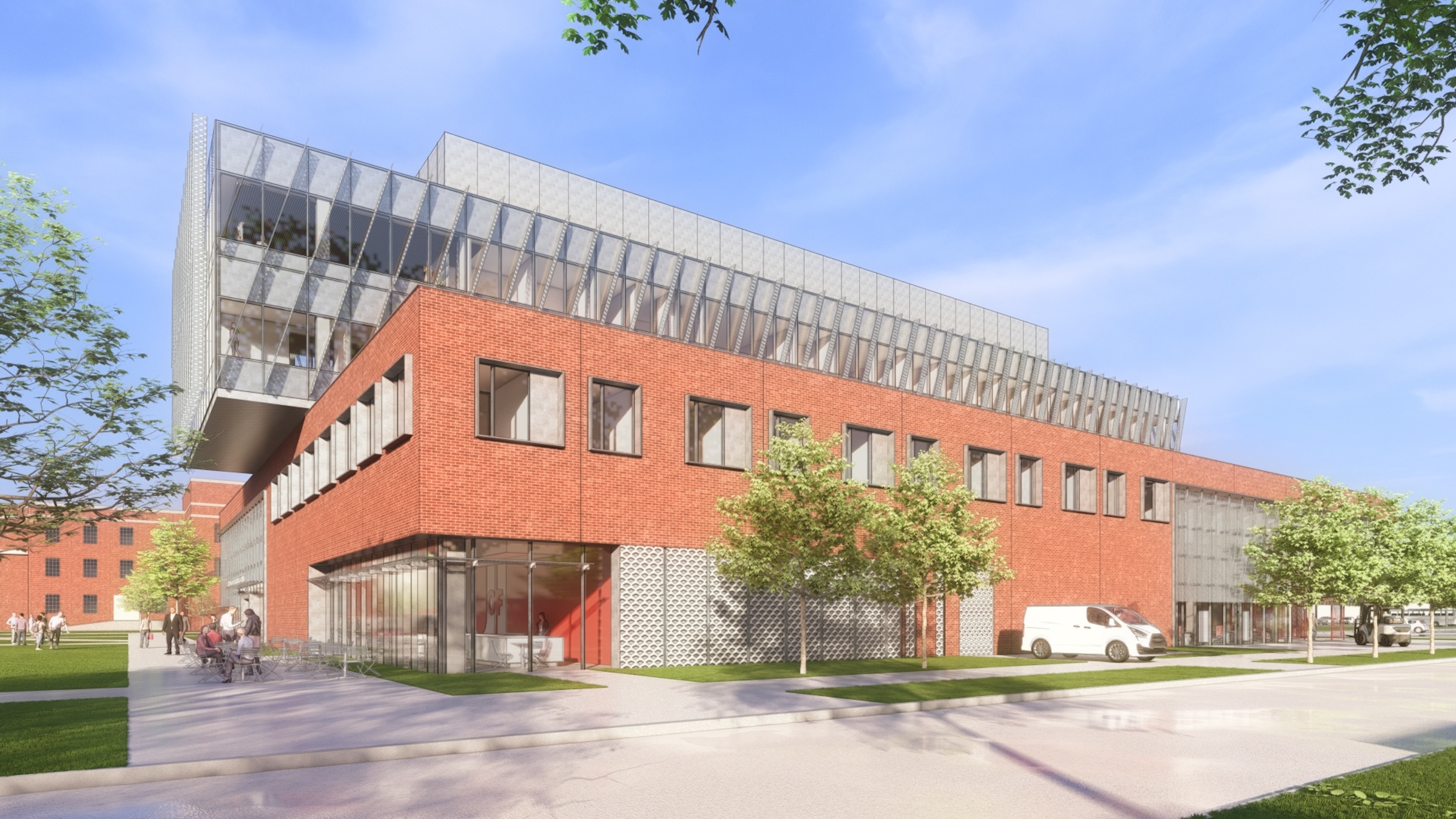
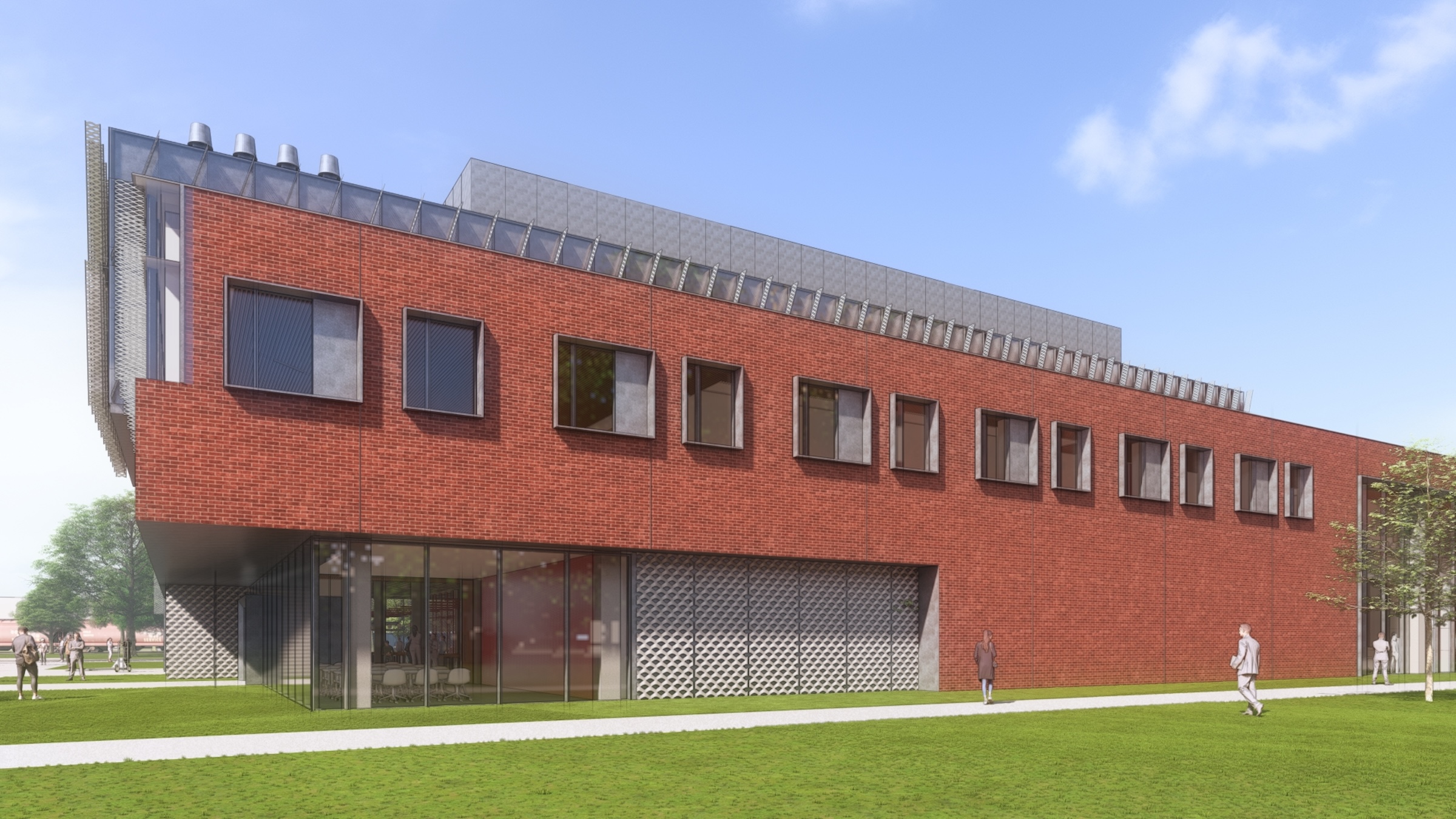
Related Stories
BIM and Information Technology | Dec 28, 2014
The Big Data revolution: How data-driven design is transforming project planning
There are literally hundreds of applications for deep analytics in planning and design projects, not to mention the many benefits for construction teams, building owners, and facility managers. We profile some early successful applications.
| Dec 28, 2014
AIA course: Enhancing interior comfort while improving overall building efficacy
Providing more comfortable conditions to building occupants has become a top priority in today’s interior designs. This course is worth 1.0 AIA LU/HSW.
| Nov 3, 2014
An ancient former post office in Portland, Ore., provides an even older art college with a new home
About seven years ago, The Pacific Northwest College of Art, the oldest art college in Portland, was evaluating its master plan with an eye towards expanding and upgrading its campus facilities. A board member brought to the attention of the college a nearby 134,000-sf building that had once served as the city’s original post office.
| Oct 16, 2014
Perkins+Will white paper examines alternatives to flame retardant building materials
The white paper includes a list of 193 flame retardants, including 29 discovered in building and household products, 50 found in the indoor environment, and 33 in human blood, milk, and tissues.
| Oct 15, 2014
Harvard launches ‘design-centric’ center for green buildings and cities
The impetus behind Harvard's Center for Green Buildings and Cities is what the design school’s dean, Mohsen Mostafavi, describes as a “rapidly urbanizing global economy,” in which cities are building new structures “on a massive scale.”
| Oct 14, 2014
Proven 6-step approach to treating historic windows
This course provides step-by-step prescriptive advice to architects, engineers, and contractors on when it makes sense to repair or rehabilitate existing windows, and when they should advise their building owner clients to consider replacement.
| Oct 12, 2014
AIA 2030 commitment: Five years on, are we any closer to net-zero?
This year marks the fifth anniversary of the American Institute of Architects’ effort to have architecture firms voluntarily pledge net-zero energy design for all their buildings by 2030.
| Sep 24, 2014
Architecture billings see continued strength, led by institutional sector
On the heels of recording its strongest pace of growth since 2007, there continues to be an increasing level of demand for design services signaled in the latest Architecture Billings Index.
| Sep 22, 2014
4 keys to effective post-occupancy evaluations
Perkins+Will's Janice Barnes covers the four steps that designers should take to create POEs that provide design direction and measure design effectiveness.


